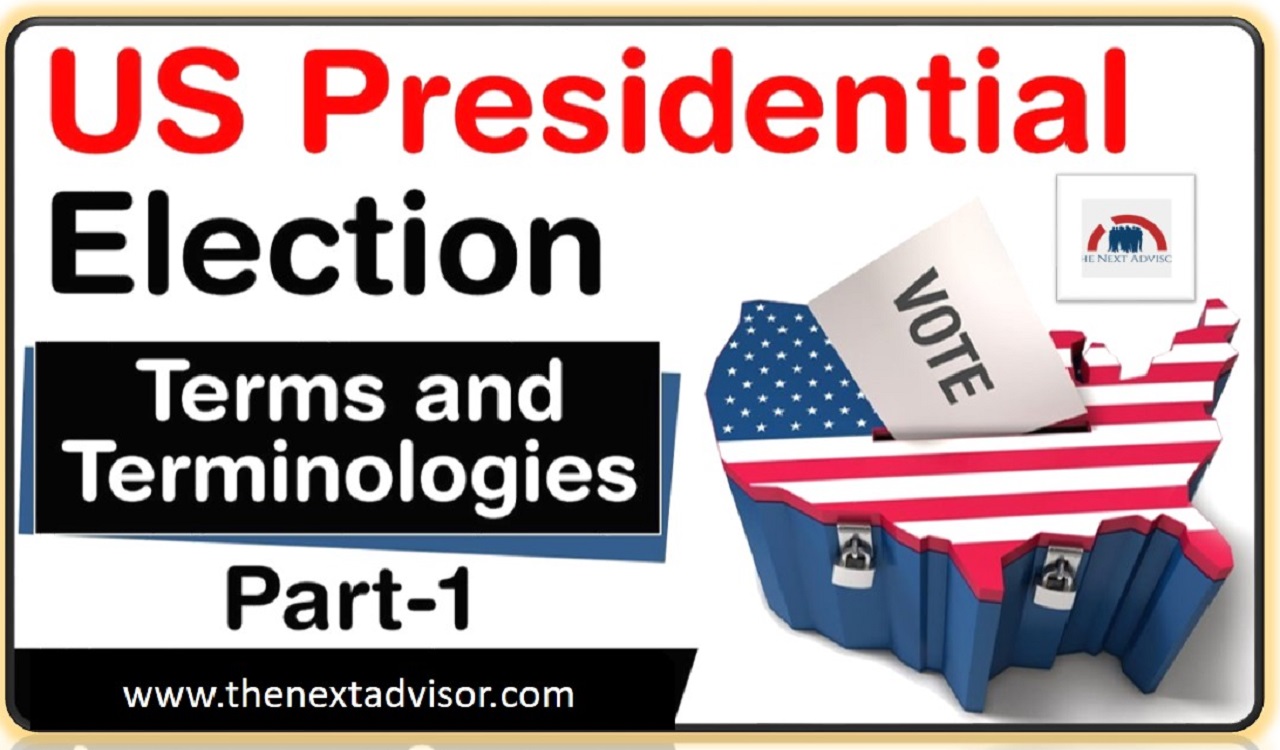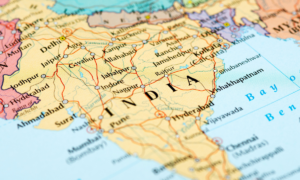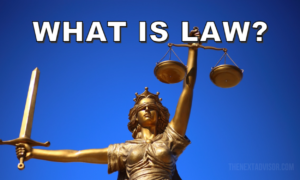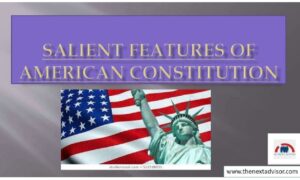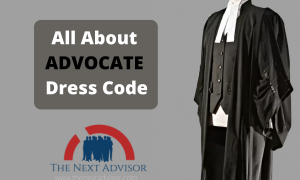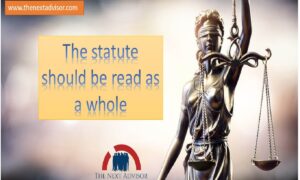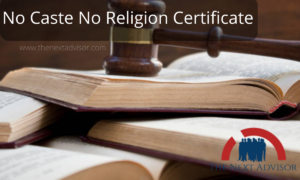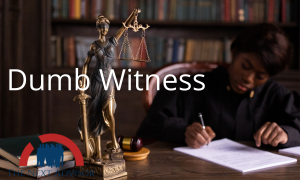So, Friends, let’s see the US Presidential Election Part 1…
The first thing is,
The US Presidential Election Part 1 is not ” directly” elected by citizens. they are chosen by “electors” through an “Electoral college” who vote accordingly as per the respective voter wishes from, each state. The USA is not a two-party system. the modern political party system in the U.S is dominated by two parties the Democratic party and the Republican party.
Absentee Ballot/Absentee Voting v. Mail-in Ballot –
An absentee ballot is generally used in every state to refer to a ballot filled out by a voter who cannot, for various reasons, physically make it to a voting location on Election Day.
The Parties – Republican Party – the republican party is referred to as the GOP its main rival is a democratic party.
Democratic Party – Democratic party’s history can be traced back to Thomas Jefferson’s Democratic-Republican Party.
Causes –
A meeting of registered party members to choose candidates, for the party nomination in the presidential race. Causes can take hours, as voters will gather to hear out the support of various candidates, debate issues, and ultimately concluded who will make the best presidential nominee.
Primaries –
State-held elections to nominate delegates to the national convention. Voters cast their votes for a candidate on standard secret ballots. Depending on states. Proportional primary. Delegates – People designated by the state to nominate a presidential candidate after a primary or caucus.
The Terms –
A meeting where party delegates assemble to pick a presidential nominee.
Ticket – The “ticket” refers to the candidates running together.
Endorsements – These are when prominent politicians or influential figures declare their support for a candidate. This helps candidates increase credibility and attract more media attention.
Election Day – National elections, including presidential elections, are held on the Tuesday after the first Monday of November.
Blue State – States where majority voters tend to vote for the Democratic Party.
Red State – States where majority voters tend to vote for the Republic Party.
Battleground state/purple state/swing state – Large state, which has an electorate split relatively evenly between Democrats and Republicans, is called a swing state. The outcome of voting in these states is difficult to predict.
Bellwether state – A state that tends to vote for the winning candidate. Ohio is a prime example of a bellwether state.
Congress – Made up of two houses the 435-member House of Representatives and the 100-member senate, it is the legislative branch of the US government.
Electoral College – In the Electoral college system, each state gets a certain number of electors based on its population. More populous states have more electors. There are 538 electors in total. Each elector casts one electoral vote in the general election. The candidate that hets more than half wins the election.
So, this is some information about the US constitution friends.

